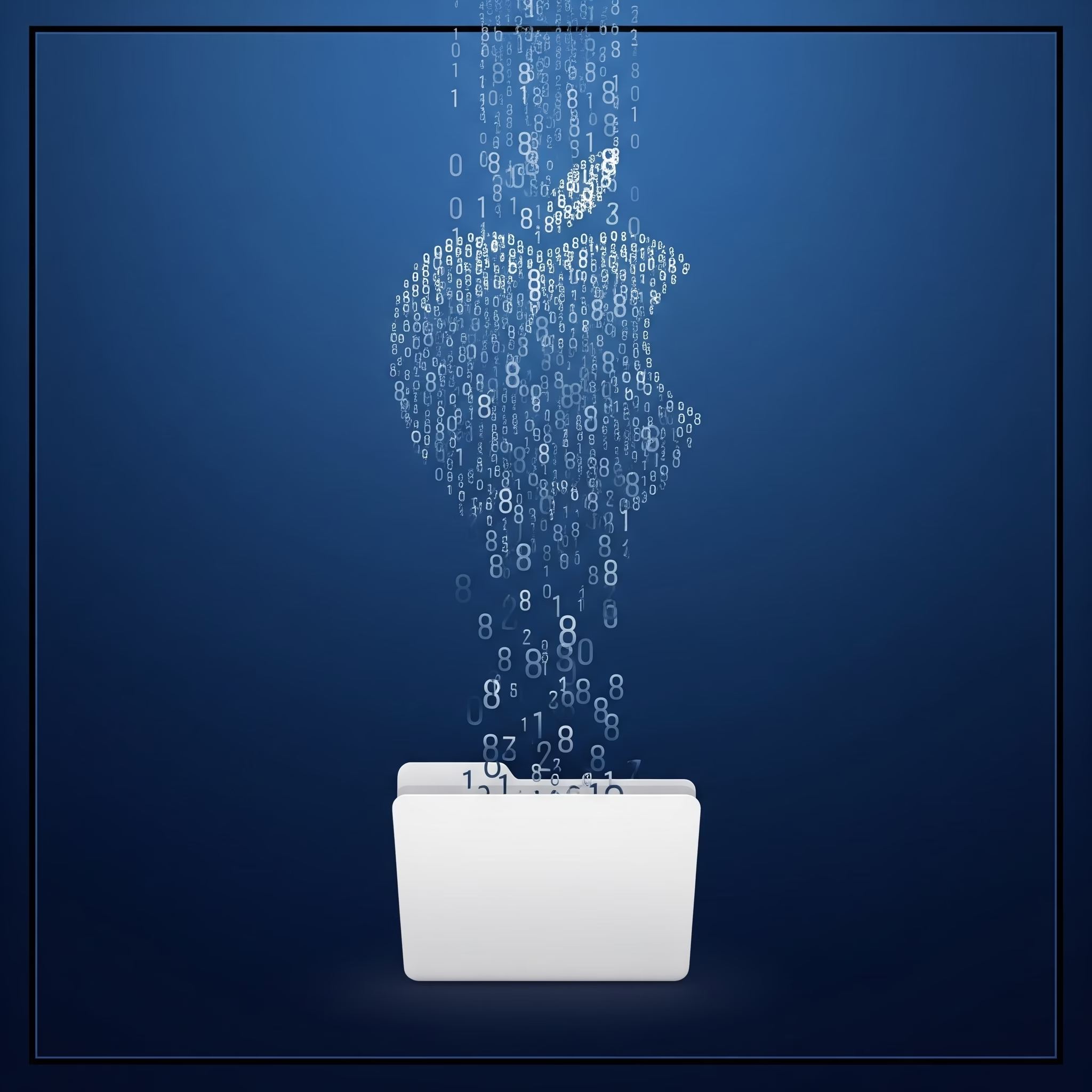If you’re looking for a reliable macOS reinstall guide to troubleshoot persistent system issues or give your Mac a fresh start, you’ve come to the right place. Reinstalling macOS, whether through a clean install or a standard reinstall, can boost performance, fix bugs, and ensure your Mac runs smoothly.
Why Reinstall macOS? Benefits of a Fresh macOS Installation
Performing a macOS clean install can solve many common problems like software crashes, slow system response, or malware infections. A fresh installation removes corrupted system files and lets you start anew, making it ideal for troubleshooting or prepping your Mac for resale.
Additionally, reinstalling macOS helps update your Mac’s operating system to the latest version, keeping your device secure and optimized.
Essential Preparations Before Reinstalling macOS
1. Backup Your Mac Data
Before you begin the macOS reinstall process, back up your important files. Use Apple’s Time Machine or cloud services like iCloud, Dropbox, or Google Drive. Backing up ensures you can restore your data after installation without loss.
2. Verify Internet Connection
A stable internet connection is required to download the macOS installer during reinstallation. If you have a slow or unreliable connection, consider creating a bootable macOS installer (see below).
3. Confirm Your Apple ID
Keep your Apple ID credentials handy, as you will need them to activate macOS and access Apple services post-installation.
4. Ensure Power Supply
Connect your Mac to a reliable power source to avoid interruptions during the reinstall process.
Methods to Reinstall macOS: Which One Is Right for You?
- Standard macOS Reinstall: Installs a fresh copy without deleting your files and apps.
- Clean macOS Install: Erases the disk and installs macOS from scratch — recommended for deep troubleshooting or prepping for a new owner.
- Bootable USB Installer: Useful if Recovery Mode isn’t accessible or for offline installations.
Step-by-Step: How to Reinstall macOS Using Recovery Mode
Step 1: Boot Into macOS Recovery Mode
Depending on your Mac model, boot into Recovery Mode as follows:
- Intel Macs: Restart and immediately press
Command (⌘) + Runtil the Apple logo or spinning globe appears. - Apple Silicon Macs (M1/M2): Shut down, then press and hold the power button until the startup options appear. Select Options and click Continue.
Step 2: Choose “Reinstall macOS”
From the macOS Utilities window, select Reinstall macOS and follow the on-screen instructions. This will download and install the latest compatible macOS version without deleting your files.
Step 3: (Optional) Perform a Clean Install by Erasing Your Disk
For a fresh start, open Disk Utility from the macOS Utilities menu.
- Select your startup disk (usually “Macintosh HD”).
- Click “Erase,” choose
APFSorMac OS Extended (Journaled)format depending on your Mac. - Confirm the erase. Warning: This deletes all data.
Exit Disk Utility and then choose “Reinstall macOS.”
Step 4: Follow Installation Prompts
The installer downloads macOS and installs it. Your Mac will restart multiple times during this process, which may take 30 minutes or more depending on your internet speed.
Step 5: Setup Your Mac
Once installed, complete the Setup Assistant to configure your Mac, sign in with your Apple ID, and optionally restore your files from a backup.
How to Create a Bootable macOS Installer USB
If you want to install macOS on multiple Macs or cannot use Recovery Mode, creating a bootable installer is a great option.
Requirements
- USB flash drive with at least 16GB
- Access to another Mac
Steps
- Download the macOS installer from the Mac App Store.
- Insert the USB drive and open
Terminal. - Run the createinstallmedia command for your macOS version. For macOS Ventura, for example:
sudo /Applications/Install\ macOS\ Ventura.app/Contents/Resources/createinstallmedia --volume /Volumes/MyUSB
ReplaceMyUSBwith your USB drive name. - Enter your password and wait for the process to finish.
Using the Bootable Installer
Plug the USB into your Mac, restart while holding the Option (⌥) key, select the USB installer, and follow the installation steps.
Common macOS Reinstall Issues and How to Fix Them
Installer Fails or Crashes
- Check your internet connection.
- Restart and try Recovery Mode again.
- Use a bootable installer if Recovery Mode is inaccessible.
Error Messages like “Unable to Verify”
- Verify and set the correct date/time in Terminal (
datecommand). - Retry the installation.
Disk Erase Errors
- Use Disk Utility’s First Aid to repair disks before erasing.
- Ensure you select the correct drive.
After Reinstalling macOS: What to Do Next
- Run Software Update to get all the latest patches.
- Reinstall your essential apps.
- Restore data from backups.
- Configure security features like FileVault and Firewall.
Frequently Asked Questions (FAQ)
Will reinstalling macOS delete my files?
Standard reinstall keeps your files intact, but a clean install erases everything. Always back up your data before starting.
How long does macOS reinstallation take?
It depends on your Mac and internet speed but typically ranges from 30 minutes to 2 hours.
Can I reinstall macOS without internet?
Only if you have a bootable USB installer; otherwise, an internet connection is required to download the OS.
Additional Resources
Conclusion
Reinstalling macOS is a powerful way to fix issues and optimize your Mac. Whether you choose a simple reinstall or a clean install, following this guide will help you complete the process smoothly and safely. Always ensure your data is backed up and that you have a stable internet connection.
If you found this macOS reinstall guide helpful, share it with friends or bookmark it for future reference. For more tech tips, keep visiting our website.

